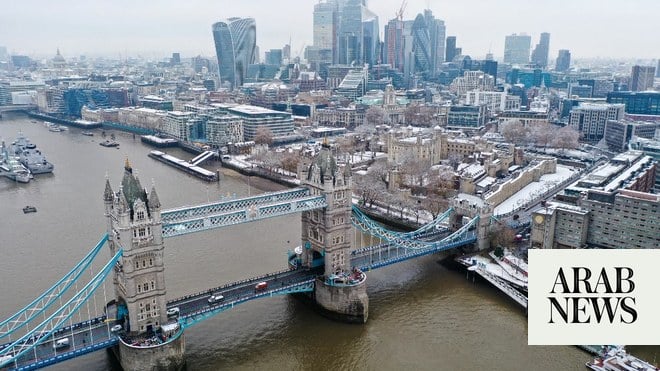
After a week of protests in Iran, Hassan Nasrallah voiced his fear which is similar to the fear of other terrorist organizations like his party, which Iran established in the region. He blamed the US and Saudi Arabia for the ongoing protests.
The protesters’ messages regarding Wilayat al-Fakih has reached Arab militias leaders and others who have been living at the Iranian people expense. It must have reached Iranian followers who continue to die in Syria on behalf of the supreme leader’s regime.
Iran’s protests are purely Iranian. Neither Saudi Arabia nor the US had anything to do with them. This does not mean that the world will not act later to rescue protestors and support them if the regime continues to threaten the region’s countries by sponsoring their enemies and firing missiles towards their cities.
Iran is no longer a fortress, but an open land to whoever wants to support these angry people.
What happened in Iran is significant: Persians, Azeris, Kurds, Baloch, Arabs, Shiites, Sunnis and even clerics from Qom participated in the protests that erupted in around 50 cities. The regime no longer has any popularity and this is one of the most dangerous aspects.
The Iranian people’s uprising terrified Nasrallah and leaders of Shiite militias in Iraq, Lebanon, Syria and Yemen and leaders of extremist Shiite opposition in Bahrain, Kuwait, Saudi Arabia, Nigeria, Pakistan and other countries. This uprising threatens secret networks across Europe, South America and Southeast Asia.
Wilayat al-Fakih regime represents the extremist Shiite ideology. It inspires the Sunni ISIS organization’s ambition to build the extremist caliphate state.
Ayatollah’s regime manages a state that consists of preachers, militias, suicide bombers, intelligence apparatuses and secret cells. It launders money and smuggles drugs to fund its operations. Its love for domination knows no limits as it continues to expand in the entire region.
Just like the international community collectively worked to fight ISIS and al-Qaeda, many countries now understand that Iran’s threat does not only target the Middle East and that it’s become an international problem.
Protests are a significant development that weakened the regime that’s now besieged by the Iranian people from inside and by international and regional powers from outside. Both parties will force it to change or it will collapse.
Iran’s first task is to put an end to terrorist networks outside its borders and that threaten the world’s stability and drain the Iranian people’s money such as: Iraq’s Hezbollah, Lebanon’s Hezbollah, Ansar Allah in Yemen, Liwa Fatemiyoun in Afghanistan, Harakat Hezbollah al-Nujaba, the League of Righteous People, the Islamic Front for the Liberation of Bahrain, Hezbollah Al-Hejaz in Saudi Arabia, the Islamic Movement in Nigeria, Jaish-e-Mohammed in Pakistan and others.
These are all huge terrorist networks managed by Ayatollah’s regime in Tehran through the IRGC. Iran after last Thursday’s protests is different than the Iran we’ve known. It’s now subject to local unrest that’s more dangerous than the US threats.








